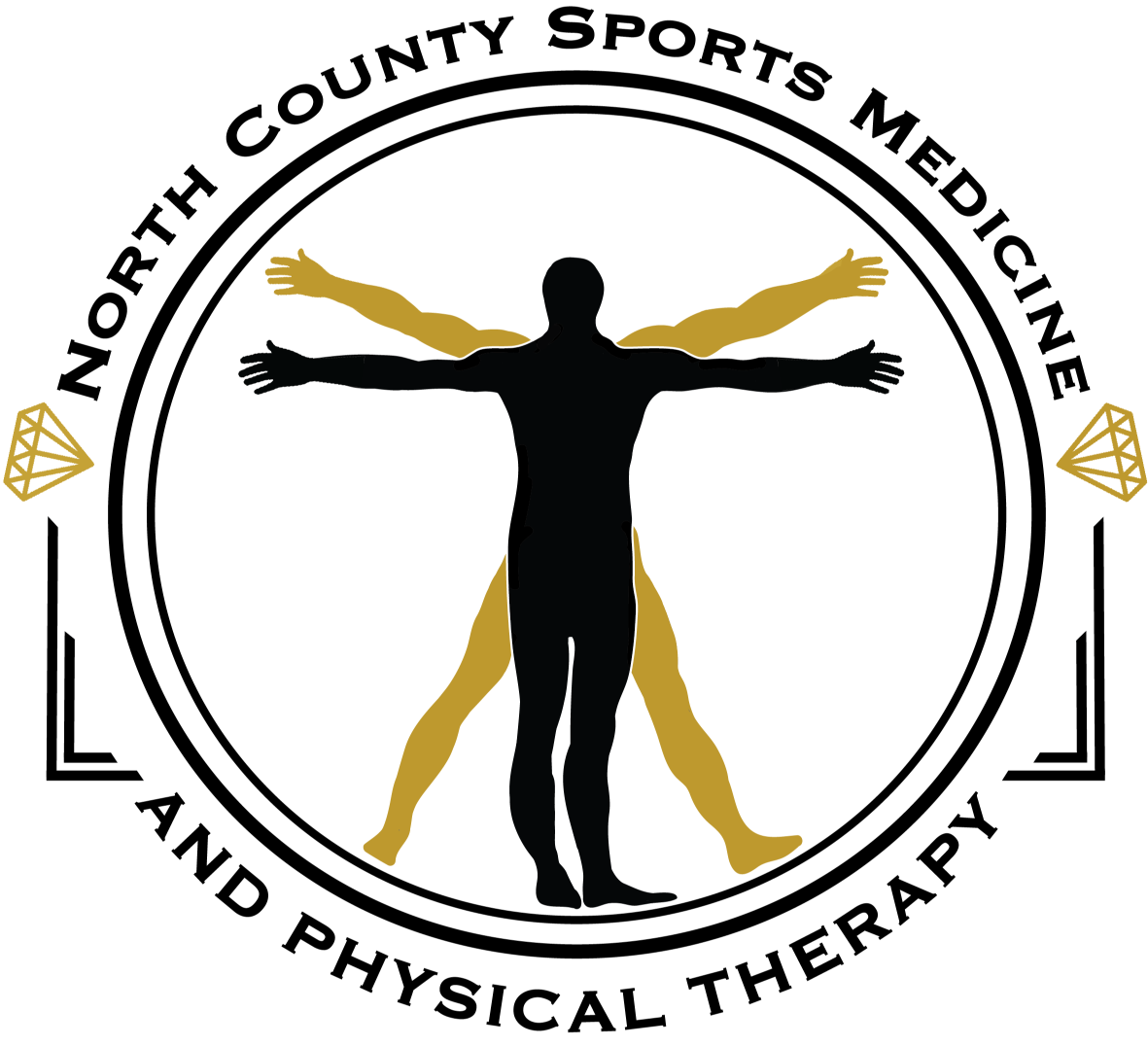Mobility: Who, What, When, Why, Where?
1 Likes
Mobility is our ability to self-mobilize a joint, spinal segment or extremity through a full range of motion without causing pain or compensation. With preventative medicine becoming more and more prevalent between medical disciplines, everyone should have the ability to perform basic mobility maintenance on themselves.
Joints move; muscles are the driving force behind movement. If there is restriction or limitation in that joint complex or spinal segment, muscle force production will be less, it will be sub maximal because there is simply less degrees of motion. Since our bones act as levers with muscles on one end and a load on the other with a fulcrum in the middle (the joint), we have to consider the concept of a mechanical advantage. When soft tissue structures are immobile or there is a degree of poor flexibility, it is going to place synergistic muscles in a disadvantageous position. Example: raising your ams overhead; normal range of motion is 180 degrees of flexion. If the latissimus dorsi muscle is tight or has a decreased resting length, I likely will not be able to achieve 180 degrees of shoulder flexion. The shoulder flexors are the synergists in this movement but cannot get to full 180 degrees. What happens? That force/load is transferred into the shoulder joint capsule which is a non contractile structure. Why is this problematic? There is excess strain on the shoulder capsule which can lead to a hyper mobility in that joint capsule. What does that mean? We have just created a significant musculoskeletal dysfunction and soft tissue imbalance. So what? We will not be moving as efficiently as possible and repetitive overhead lifting will likely become strained, painful and weak.
Generally for every 60 minutes of exercise, training or conditioning we should spend 10 minutes mobilizing. For the CrossFit athlete this means getting to the box 10 minutes before class, and for the runner this means mobilizing for 10 minutes after a short warm up jog. For the non-athlete but active person, spend 10 minutes everyday doing mobility work. Tissue is best mobilized and stretched when it is heated up hence the reason to avoid stretching or mobilizing without a warm up.
We can mobilize just about anywhere in the body but primarily we should focus on the spine, shoulders and hips and progress distally. When mobilizing you want to be aware of the force you are applying through the joint or segment. There are people who have gross hypermobilities and as such shoulder be careful when mobilizing a lax area. Mobilizing shouldn't be painful in the sense of sharp, shooting, aching, stabbing, throbbing or burning.
Dedicating a given time for mobility work is imperative to our overall physical health and function and is a critical component to preventative care. The human body is incredibly intricate and complex and because of this we have the ability to do move with great efficiency. It is the art of maximizing our capabilities within a fluxing environment that truly showcases our indefinite potential.
